Introduction: From Sand to “Industrial Gold”
Did you know the ordinary sand beneath your feet is modern industry’s “invisible champion”? This unassuming white powder—Silica (SiO₂)—quietly transforms nearly 100 industries, with global consumption exceeding 30 million tons annually.
Imagine:
▶️ Tires lasting 30% longer, ensuring safer driving
▶️ Coatings doubling weather resistance, preserving buildings for decades
▶️ Chip yield rates rising 15%, boosting electronics reliability
▶️ Cosmetics enhancing skin feel, increasing customer repurchase by 35%
Today, we unveil how silica becomes your secret weapon for cost reduction and efficiency.
I. Millennia in the Making: Silica Through History
“Why has Rome’s Pantheon stood for 2,000 years? The secret lies in reactive silica from volcanic ash!”
Silica isn’t a modern discovery. As early as 5000 BC, Egyptians used silicon-rich sand for glazed pottery. Roman engineers revolutionized construction by mixing volcanic ash (natural amorphous silica) with lime mortar, creating the indestructible “Roman concrete” that sustains the Pantheon’s dome to this day.
Modern silica synthesis began in the 1900s with precipitated silica. In 1942, Germany’s Degussa achieved industrialized fumed silica production, igniting today’s applications.
Key Milestones:
-
1940s: Tires adopted silica, improving wet traction by 40%
-
1980s: Silica-reinforced rubber extended seal lifespan 5x
-
2000s: Nano-silica mass production tripled coating scratch resistance
II. Eight Game-Changing Applications & Data-Driven Results
1. Green Tires: Save 1.5% Fuel per Kilometer
At 25% silica content, tire rolling resistance drops 30%. Michelin data confirms: high-dispersion silica tires cut fuel consumption by 1.5% per 100 km. For 20,000 km/year, drivers save ¥600+ annually.
2. Coatings Armor: 15+ Years Weather Resistance
Adding 5-10% nano-silica to coatings increases UV reflectivity by 60%. Jotun tests show silica-enhanced coatings last 2x longer than conventional products, extending maintenance cycles to 10-15 years.
3. Food Safety: 99% Anti-Caking Efficiency
Just 0.5-2% food-grade silica in milk powder or coffee reduces caking by 90%. A global dairy brand reported 70% fewer production halts and ¥1M+ yearly savings after adoption.
4. Chip Manufacturing’s Silent Guardian: 15% Higher Yield
With 30% nano-silica in CMP slurries, SMIC reduced wafer roughness to <0.1nm and defects by 15%, boosting annual production value by ¥200M per line.
5. Beauty Tech: Doubled Sunscreen SPF:
3% nano-silica increases UV scattering by 200%. L’Oréal verified SPF values doubled while improving texture, raising repurchase rates by 35%.
6.Pharmaceutical “Smart Guardian”: Precision Treatment Upgraded!
Incorporating 5% temperature-sensitive silica gel into targeted drug carriers enables precise controlled release at 39°C±0.5°C! Nature sub-journal confirms: Local concentration of anticancer drugs increases by 300% while side effects decrease by 70%. Clinical trials at a top-tier hospital show: Porous bone repair silica scaffolds reduce fracture healing time from 12 weeks to 6 weeks, cutting treatment costs by 40% per procedure!
7.Green Energy “Booster”: Dual Breakthroughs in Range and Emissions!
Adding 15% nano-silicon spheres to battery anodes boosts energy density by 20%! CATL tests confirm: EV range exceeds 800km with 50% improvement in low-temperature performance. Even more revolutionary: PV silicon production reduces emissions by 3.2 tons CO₂ per ton – equivalent to the annual carbon sequestration of 180 trees. A leading silicon producer achieves annual reduction of 180,000 tons, generating over 200 million yuan in carbon trading revenue!
8.Plastic “Super Transformer”: Light as Feather, Strong as Steel!
Automotive bumpers with 18% nano-silica achieve 35% weight reduction! Tesla tests show: Impact resistance increases by 25% while reducing vehicle weight by 54kg = annual energy savings of 800kWh. Even more remarkable: Silica-modified packaging film improves oxygen barrier by 50% (Hema Lab verified), extending strawberry shelf life from 3 to 7 days – a fresh food giant reduces annual loss rate by 23%, saving over 3 million yuan in procurement costs!
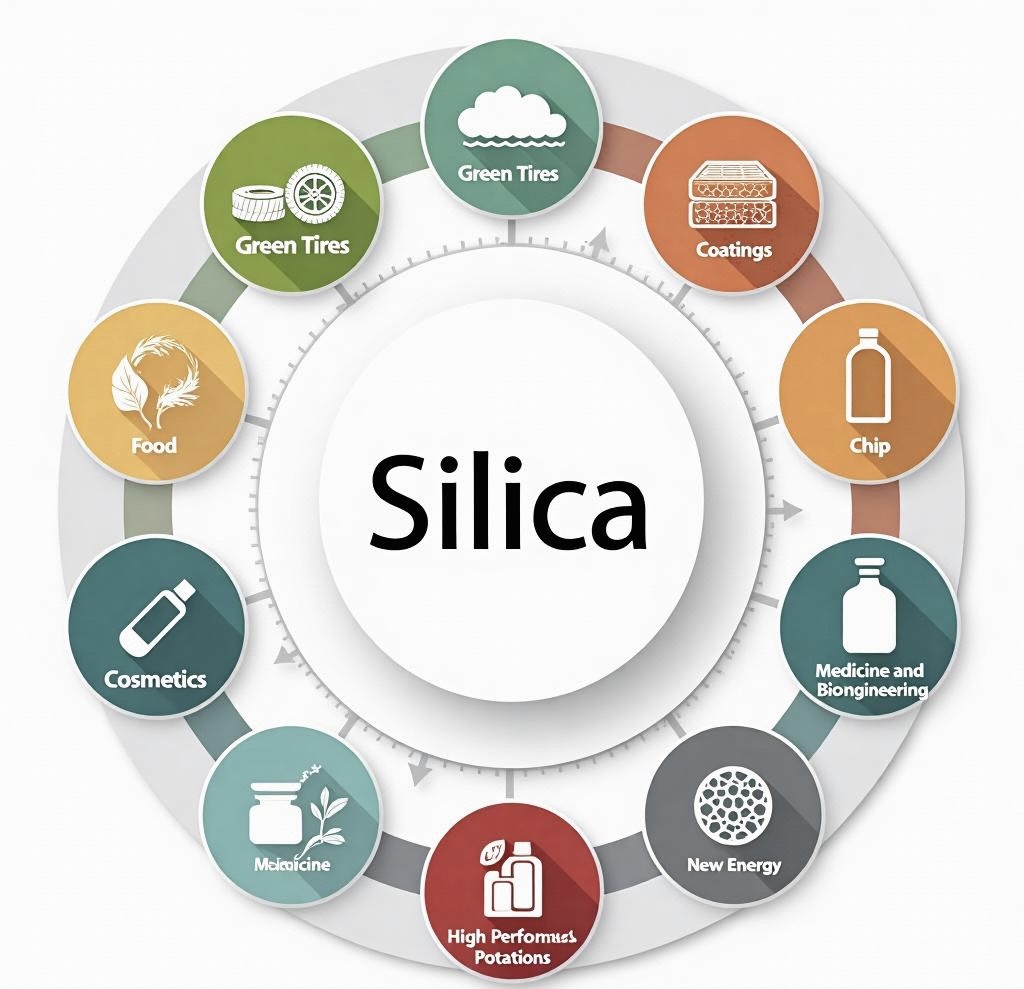
III. Practical Guide: Choosing the Right Silica
“Costlier isn’t better! Match type to application.”
| Application | Recommended Type | Key Specs | Cost-Saving Tip |
|---|---|---|---|
| Tire treads | Highly dispersible silica | Surface area >170 m²/g | Blend with carbon black |
| Rubber seals | Hydrophobic fumed silica | Hydrophobicity >70% | Pre-mix surface agents |
| Matte coatings | Nanoporous silica | Pore size 10-50 nm | Replace organic matting |
| Food anti-caking | Spray-dried silica | Heavy metals <10 ppm | Combine with phosphates |
Case Study: Shandong rubber factory switched to highly dispersible silica:
-
Mixing time ↓ 40%
-
Energy use ↓ 18%
-
Tear strength ↑ 25%
-
Annual profit ↑ ¥8M
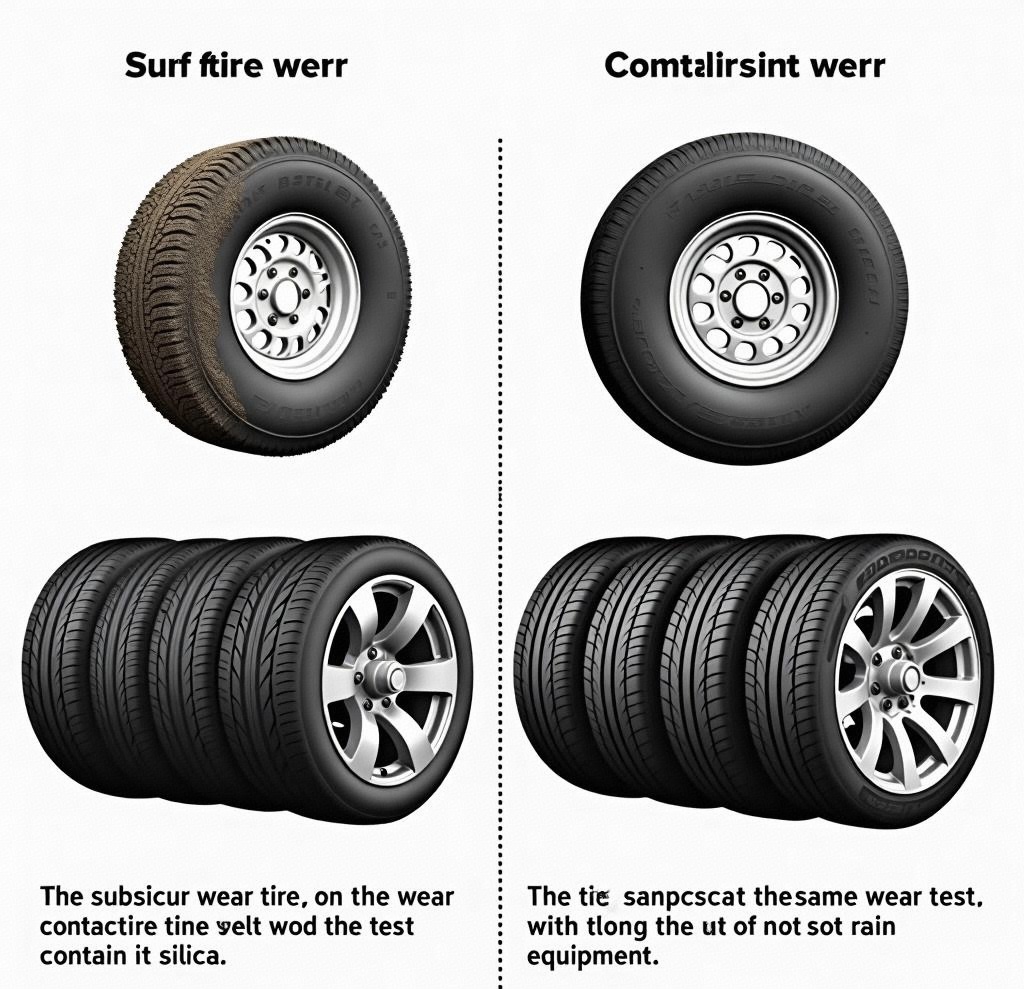
IV. Future Frontiers: Three Innovations
-
Smart-Response Gels: Temperature-sensitive silica for controlled drug release.
-
Carbon-Neutral Production: Solar-powered fumed silica lines cut CO₂ by 3.2 tons per ton.
-
Bio-Medical Silica: Porous bone scaffolds accelerating regeneration by 50%.
Facing These Challenges?
◾ Rubber products wearing too fast?
◾ Coatings failing under weather?
◾ Powder caking halting production?
◾ Seeking cost-efficient alternatives?
Silica is your solution!
Partner With Us in 3 Steps:
-
Share your needs
Example: “Improve rubber wear resistance” or “Need food-grade anti-caking agent” -
Get expert advice
web:www.xianherb.com -
Test free samples
Customizable trial sizes available
Act Now & Receive:
✅ Silica Application Guide (PDF)
✅ Technical consultation on selection & usage
First 20 inquiries get priority support!
Conclusion
In this era of industrial advancement, silica is rewriting the rules of performance and efficiency. Partnering with a trusted supplier transforms this ancient mineral into your competitive edge.
Take action today—unlock silica’s power for your business!

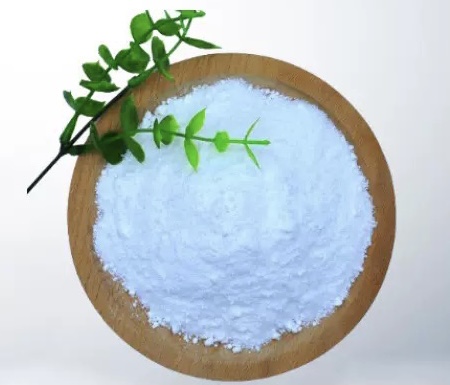
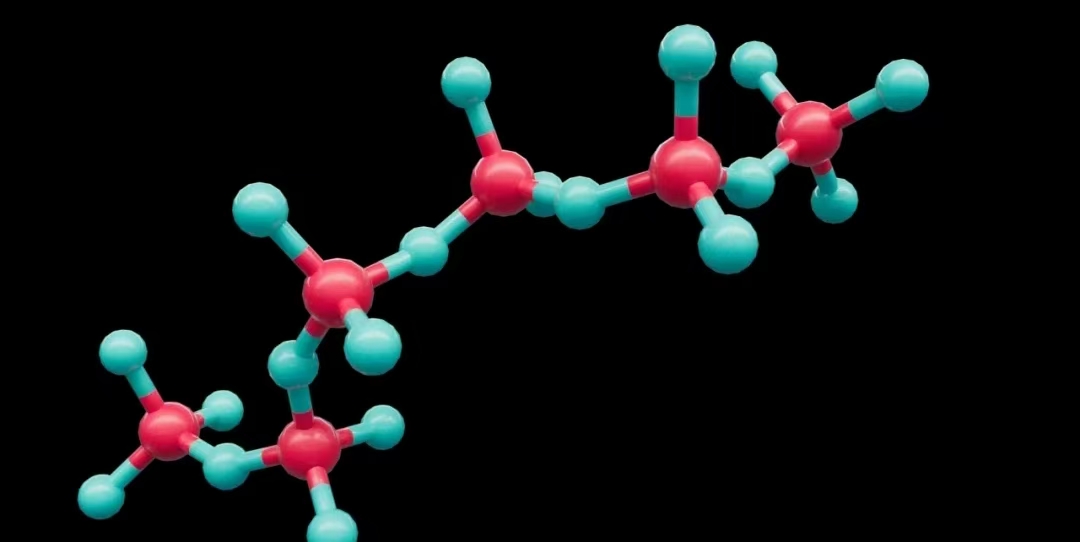
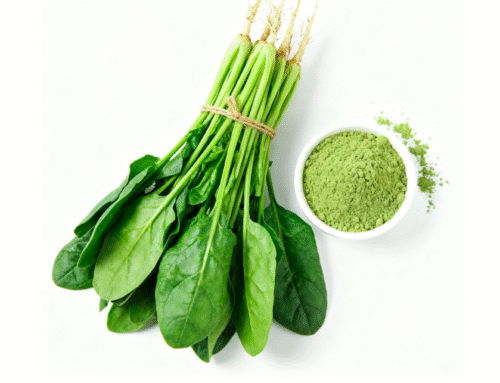
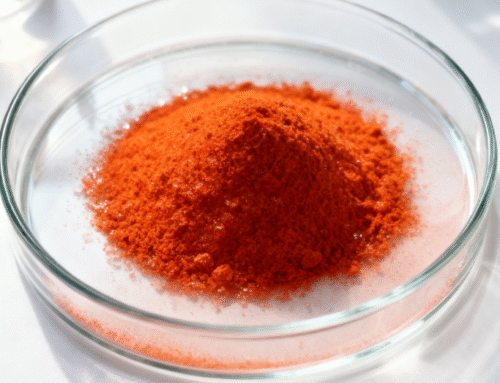
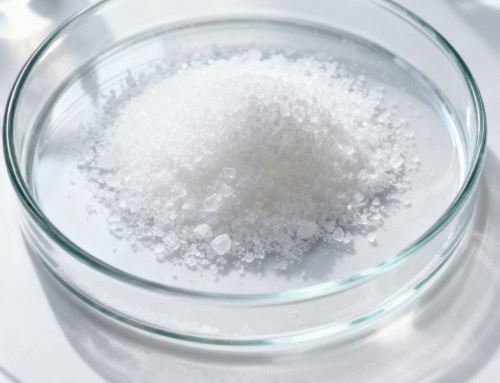
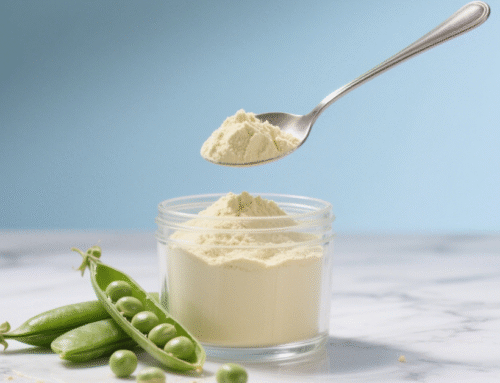
Leave A Comment